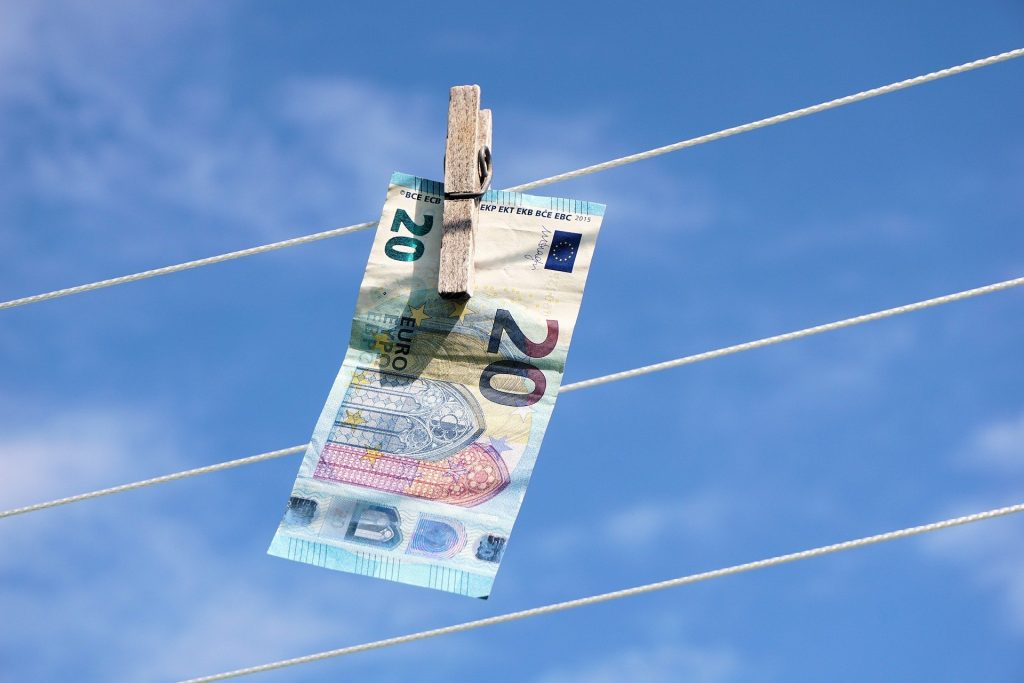The term ‘Super-App’ was introduced for the first time in 2010 by Mike Laraidis, the founder of BlackBerry. He captured it, by saying it is an ‘ecosystem of apps that customers could use as a part of their life thanks to the seamless, integrated, and efficient experience’. In fact, the definition is still up to date. In simpler words, a Super-App is an application with multiple services gathered under one umbrella. Super-Apps offer diverse features, including chatting with friends, ordering a taxi, buying tickets, grocery ordering or even job search. On top of that, these apps provide financial services with cashless payments, investment platforms, QR code payments, or credit and loans offerings, among others.
Asia, the hub for Super-Apps, is already dominant on several markets.
- China’s leading super-app was originally launched as a social app after Facebook had been prohibited in the country. Currently it offers also shopping, dinner reservations, and payments through group chats or WeChat Pay to over 1,2 billion users.
- Founded in 2004 by Alibaba Group, Alipay became the most widely used third-party online/mobile payment service provider in China. With its primary product, digital wallet, it conducts over 100 million daily transactions among 1.3 billion active users.
- Grab is a Southeast Asia’s leading app that specializes in transportation, food delivery, and digital services. Company operates in countries like Singapore, Malaysia, Cambodia, Indonesia, Vietnam, Thailand, Philippines, and Myanmar providing services to around 187 million users.
- The call center for ride-hailing services transformed into on-demand multi-service platform with digital payment technology. Indonesian Super-App currently enables 170 million users to order food, tickets, and medical appointments with digital wallet or Buy Now, Pay Later payment method.
- The mission of Paytm was to bring 500 million unserved Indians to the mainstream economy. As India’s leading payment app, they are on a good way to achieve that. Paytm enables around 350 million users to pay bills, do recharges, send money, take out microloans, and also book movies and travel tickets digitally.
Seeing only Eastern countries across the most successful Super-Apps, may prompt the question: why has this business model only caught on in Asia and is there potential to expand in other regions?
First of all, the Asian smartphone market is wider and cheaper than anywhere in the world. Companies had started by offering one service and were stepping into other markets or adding extra functionalities. Simply, there was a gap to fill left by other industries, and Super-Apps made use of it. Faster mass adoption was also enabled by broad access to high-speed internet connection. Another factor was a huge number of unbanked in Southeast Asia. Super-Apps created an opportunity for financial inclusion for those without their own bank accounts. Furthermore, the data protection policy might be of utmost importance. Super-Apps have access to unprecedented amounts of customer data, which are used to provide better customer experience with customized offers. In Asia, governments were generally backing technology and the uptake of Super-Apps was unencumbered by regulation.
The European market, on the other hand, is much stricter in regard to data privacy with The General Data Protection Regulation (GDPR) Framework on the top of that. Moreover, apps would be obliged to comply with regulatory requirements. For example, getting a full banking license in Germany is much tougher than in India. In addition to that, some structural barriers might occur in Europe. In rural areas the digital infrastructure is often insufficient to rely on mobile-only payment providers.
Nonetheless, customers in the West are also expected to seek the convenience and simplicity the Super-Apps offer. Some of them already use social media to transfer money, for example via Facebook Pay. A path to integrated user-experience can definitely be powered by Open Banking, modern APIs, and cloud-based solutions.
The numbers behind Super-Apps are impressive. However, do Super-Apps deserve to be called ‘the next disruptors’ in the financial industry? In order to embrace the full potential of Super-Apps in payments and the financial sector, let me introduce WeChat Pay.
WeChat Pay is a digital wallet incorporated into the WeChat app. It provides multiple payment methods, with payouts support in multiple currencies and cross-border settlements.
- Quick Pay: Users can present a code to the merchant. Merchants scan the code and accept payments within 1-2 seconds. Quick Pay is fitted for in-person collection in brick-and-mortar shops.
- QR Code Payment: Merchants generate their own individual collection QR code. Then users scan the code, confirm the amount and the payment is processed. The solution is suited, for example, to merchants without scanners. Unique codes can also be generated for specific orders.
- Mini Program Payment: Mini Programs are ‘mini-applications’ inside the WeChat platform. Users place an order inside the Mini Programs whereas merchants accept payments by calling the WeChat Mini Program payment API.
- Official Account Payment: Once merchant opens an Official Account on WeChat and enables the payment feature, users can pay for purchases inside the Official Account.
- In-App Payment: Merchants can integrate WeChat Pay into their app. After that customers can use WeChat Pay to complete transactions through a merchant’s app.
- Web Payment: Solution allows to embed the order information from the website in a unique QR code. Users can complete the payment by simply scanning the code.
It becomes clear that banks need to make strategic plans in order to respond to the rise of Super-Apps. Generally, it is said, they have three options:
- Accept: banks can hold on to their market share as they are trusted entities with large customer base. Nevertheless, it might result in chipping away at profits as some users will simultaneously use Super-Apps.
- Cooperate: banks can either offer white-label services and anonymously generate profit or leverage their brand within the Super-Apps ecosystem. Choosing this option to cooperate might be very promising, however banks need to take into consideration that the number of partners is limited just as the number of Super-Apps.
- Compete: the most courageous option consists of launching banks’ own complex Super-App encompassing both financial and non-financial services. This would however carry great challenge and risk for well-established banks.
Share this post
Written by

RedCompass Labs






